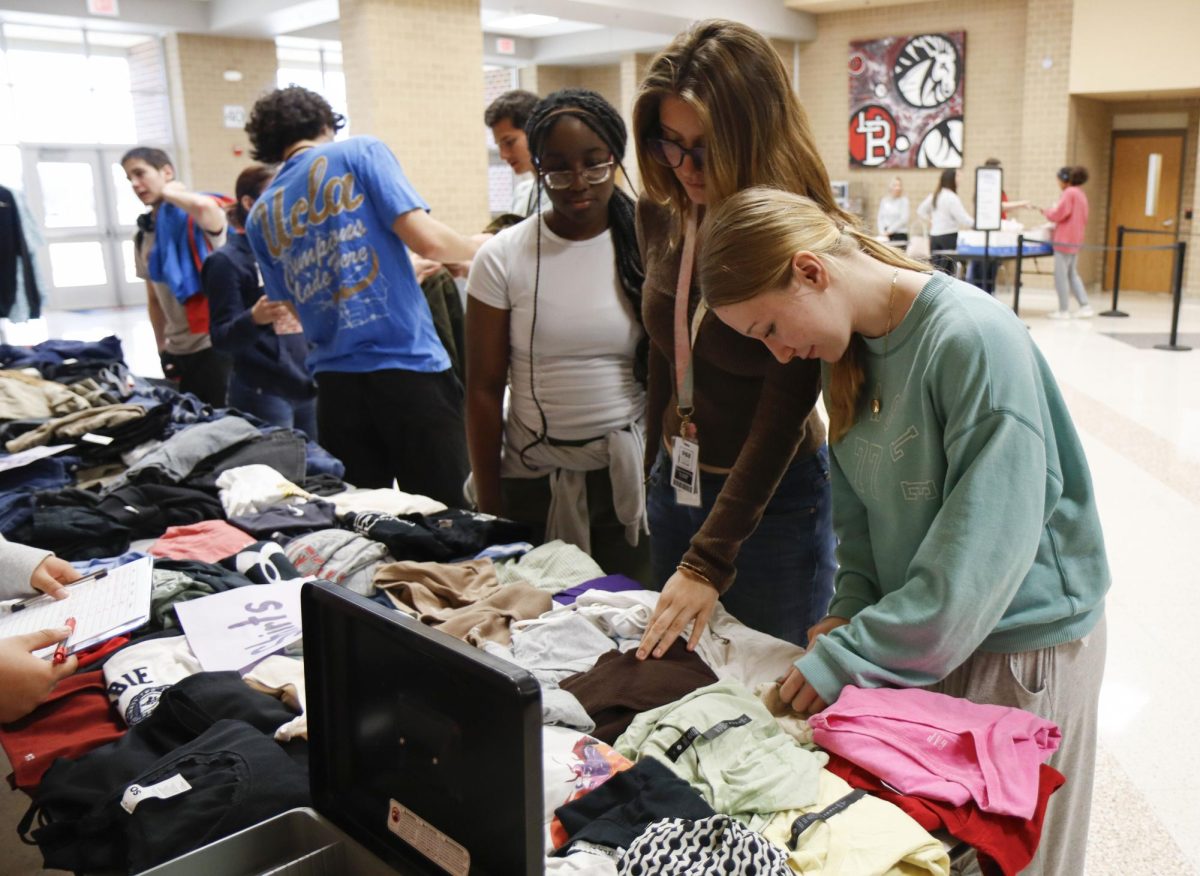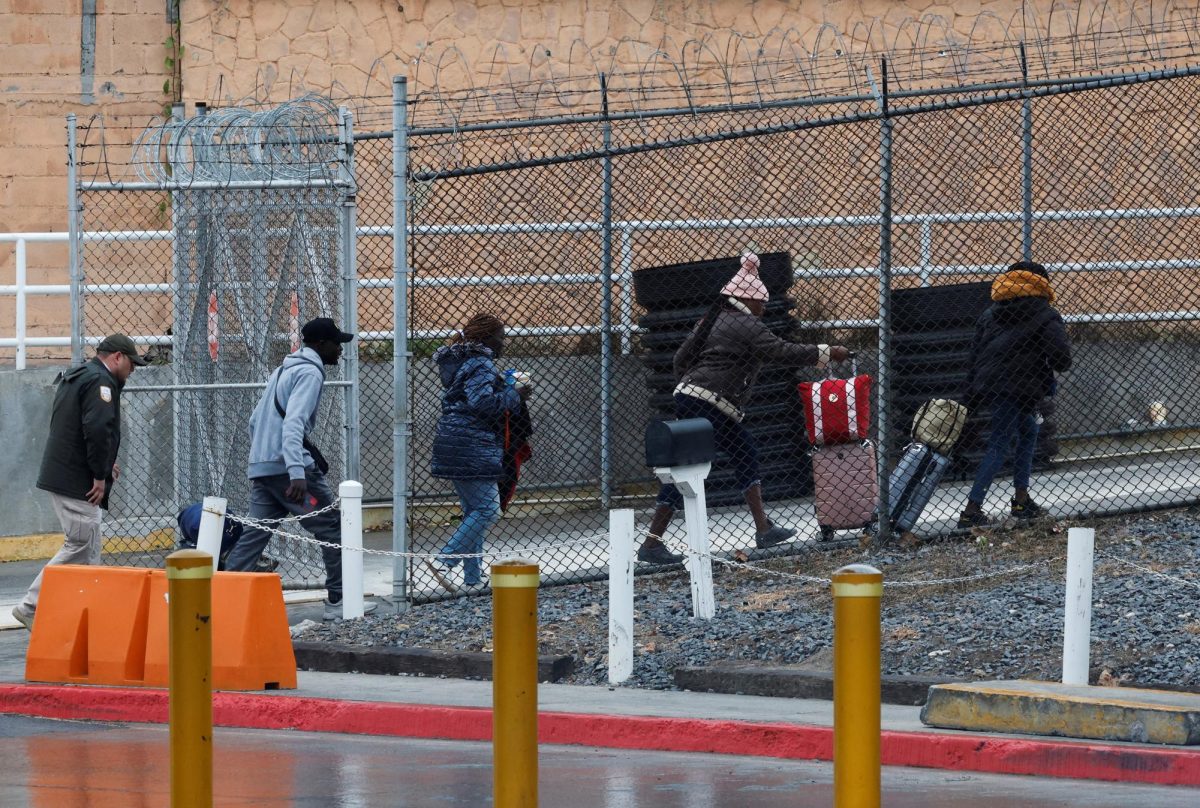On average, 17,000 children seek treatment for school bus related accidents each year. The Texas Legislature has passed a law that may significantly reduce that number by requiring all school buses to have seat belts. The senate passed House Bill 323 on May 17, 2007 and the law applies to all buses purchased on or after Sept 1, 2010.
“Although I did not serve in the Legislature when the seat belt law was passed, I do believe that we must do all that we can to ensure that the children of Texas are as safe as possible when being transported to and from school,” State Representative Chris Turner, who represents Tarrant County, said.
The law calls for the installation of three point lap-shoulder belts on all school buses, but the fiscal practicality of the law remains in question, as the addition of the belts could end in cost increases anywhere from $6,000 to $11,000 per new vehicle purchased. The Legislative Budget Board will provide 10 million dollars in General Revenue from the 2011 fiscal year to help fund the law, but that amount is inadequate for the installation of belts on buses across the state.
“During the next Legislative Session, we will have to make difficult decisions regarding the state budget and it is my goal that we do so without negatively impacting the health and safety of our kids,” Representative Turner said.
The Texas Transportation Institute (TTI) devised a plan to implement the law and develop a grant program to reimburse school districts for costs related to the bill. Their plan of execution involves three priorities:
Priority 1: Equip vehicles in which the highest safety benefits will be achieved by the installation of
the belts, such as small buses and motor coaches.
Priority 2: Equip buses in high priority counties- those with the highest number of serious bus
crashes and with the highest average pupil density traveling high speed two-lane routes- which
have been identified as Harris, Dallas, Bexar, Tarrant, Hidalgo, Montgomery, and Travis.
Priority 3: Equip buses in other counties with high speed two-lane routes in order of decreasing
linear density.
Although legislators designed the law to make traveling by bus safer for students, bus driver Cynthia Johnson believes seat belts will be ultimately impractical and might even be detrimental to the safety of the students.
“My problem is how would you go about enforcing the seat belts? How would you make them keep it on, considering half these kids won’t even sit down without them,” Ms. Johnson said. “My major concern is that if something were to happen and the bus was to get in an accident or roll over, how would you be able to get them out?”
Part of TTI’s plan involves a district training program for drivers and students regarding correct use and emergency procedures and recommends a monitor on board to ensure the proper conduct of the students, which may address the problems cited by Ms. Johnson. However, sophomore Laura Baker understands the possible nuisance the belts might become.
“The biggest negative effect would just be the annoyance of putting it on and taking it off. But theoretically it would make bus riding safer,” Baker said.
Baker further believes the seat belts won’t be worth all the problems they pose.
“It’s not very realistic and it’s probably not worth it. I like the way the buses are now with the first two seats having seat belts,” Baker said. “If your parents are nervous about riding without a belt then you could just sit in the first two seats.”
<p style="text-indent: 2em;">









allex ohler • Sep 23, 2010 at 1:36 pm
This is well written.
Good job Amanda! I think seatbelts on buses will provide safety, but I don’t think all the kids will actually abide and wear their seatbelt:)